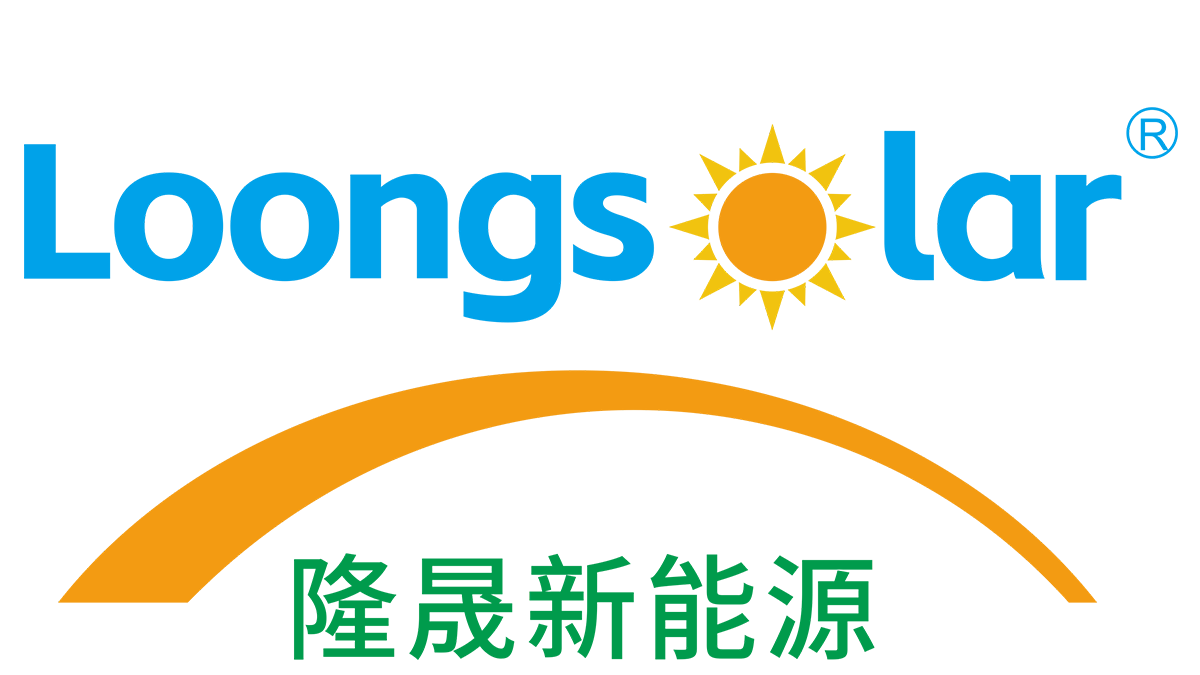The Role of Solar Mounts in Panel Performance
How Mounting Systems Impact Energy Harvest
Mounting systems play a critical role in determining how much sunlight solar panels for home installations can effectively capture, directly impacting their energy harvest rates. Optimal tilt and orientation are essential; studies indicate they can improve efficiency by up to 25%. This is particularly significant for fixed versus adjustable mounts. Fixed mounts are known for their reliability, but adjustable ones are ideal for increasing exposure during peak sunlight hours. The right choice of mounting system also affects the airflow and cooling of solar panels, which further enhances energy efficiency in varying temperature conditions. Selecting the appropriate solar installation components can make a significant difference in energy production outcomes.
Material Durability in Harsh Weather Conditions
When considering solar panel installation, the durability of the mounting materials is crucial, especially in harsh weather conditions. Solar mounts made from high-grade materials such as aluminum and stainless steel provide a robust foundation, enhancing the overall performance and longevity of a home solar power system. Durability studies reveal that corrosion-resistant materials considerably extend the lifespan of solar installations, which is vital in regions susceptible to extreme weather conditions. Ensuring structural integrity is also important for maintaining panel alignment and operational efficiency during adverse weather events like storms or heavy snowfall.
Alignment Precision for Optimal Sun Exposure
Achieving optimal sun exposure through precise alignment is essential for maximizing the energy output of solar power home panels. Homeowners can employ tools like tilt calculators and sun path diagrams to determine the ideal mounting angles based on their geographic location, ensuring maximum efficiency in their solar installations. Additionally, regularly monitoring and adjusting the mount settings can lead to sustained performance improvements over time. By optimizing alignment, homeowners can ensure their solar panels capture the most sunlight throughout the day, significantly boosting the performance of their home solar power system.
Key Factors Affecting Solar Efficiency
Geographic Orientation & Angle Calculations
The efficiency of a home solar power system is significantly influenced by its geographic orientation and angle calculations. Solar installations must account for the latitude and local climate, which reveals that optimal angles vary by region to achieve maximum efficiency. For example, in the northern hemisphere, solar panels for homes are often oriented south-facing to capture the most sunlight throughout the year. These angle and orientation decisions ensure that solar panels harness sufficient solar energy, optimizing output. Additionally, local building codes and regulations may specify acceptable angles and configurations, which not only affect energy gain but can also influence the system's aesthetic appeal. Compliance with these codes is essential to ensure efficient solar panel installation while adhering to regulatory standards.
Shading Mitigation Through Strategic Placement
Shading can dramatically reduce the efficiency of solar power home panels, making mitigation strategies vital. Even a small amount of shading, such as 20%, can cause a solar system's performance to plummet by up to 50%. To counteract this, using software modeling tools to simulate shading throughout the year can assist in strategically placing solar panels. These tools allow us to predict and analyze shading patterns caused by nearby structures like trees and buildings. Regular maintenance and site assessments are also crucial in minimizing shading issues, helping to ensure that the energy yield from solar installations remains optimal. Consistent monitoring can keep panels exposed to maximum sunlight and prevent performance losses over time.
Thermal Management via Elevated Mount Designs
Thermal management is a critical factor in maintaining the efficiency of solar panels for home use. Elevated mounting designs, which facilitate air circulation under the panels, are an effective way to prevent heat buildup. Research shows that proper air circulation can significantly enhance energy output, as solar panels operate most efficiently within a certain temperature range. When temperatures rise above this threshold, the efficiency of solar power systems tends to decrease. Therefore, innovative mounting solutions incorporating thermal regulation are essential. Not only do these solutions improve energy performance, they also contribute to the system's longevity by reducing thermal stress. By keeping the panels cooler and maintaining optimal temperature conditions, these designs help enhance the overall sustainability and efficiency of solar installations.
Installation Best Practices for Home Systems
Roof Integrity Assessments Before Mounting
Conducting a thorough inspection of your roof is a crucial step before mounting solar panels, as it ensures that the structure can adequately support the installation. Professional assessments can help detect any potential structural issues that might compromise the long-term efficiency and safety of solar installations. Additionally, proper roof load calculations are essential, particularly in areas susceptible to heavy snowfall or strong winds, which could otherwise lead to significant damage or systems failures. By understanding these dynamics, homeowners can avoid costly problems down the road and ensure their home solar power system operates at peak performance.
Ground-Mount vs Rooftop Configuration Tradeoffs
Choosing between a ground-mount and rooftop solar panel configuration is a pivotal decision that can affect both space usage and energy efficiency. Ground-mounted systems provide more flexibility in their placement, allowing optimal solar panel orientation for maximum sun exposure; however, they require additional space. Conversely, rooftop systems save space and often better integrate with the existing architectural design of a home. It's important to note that local zoning laws and code compliance requirements may influence which configuration is feasible for your property. Evaluating these tradeoffs ensures that your solar installation aligns with both aesthetic preferences and energy goals.
Integration With Existing Power Infrastructure
Integrating solar panels with your home's existing power infrastructure requires careful consideration to ensure seamless functionality. Compatibility assessments with electrical systems and meters are necessary to avoid costly modifications and ensure efficient energy distribution from your solar panels. The use of smart inverters enhances performance by optimizing energy usage and facilitating connection to home automation, promoting more comprehensive solar power home panels integration. Additionally, understanding regional incentives and regulations concerning grid interconnections is crucial during the planning phase, ultimately maximizing the utility and benefits of your solar panel installation.
Maintenance Protocols for Peak Operation
Seasonal Adjustments for Changing Sun Paths
Adapting solar panels to changing sun paths throughout the year can noticeably improve their efficiency, particularly in areas with significant variations in sunlight exposure. To achieve this, homeowners should consider scheduling regular adjustments of their solar panel angles. Doing so ensures that the panels are always optimized to capture the maximum amount of sunlight, thereby enhancing overall energy production. Organizing this maintenance task with proper documentation helps homeowners stay on top of the adjustments needed each season.
Corrosion Prevention in Metal Components
Ensuring longevity for solar panels involves the prevention of corrosion in metal components. Utilizing galvanized or powder-coated materials can effectively defend against corrosion, significantly extending the system's lifespan. Regular inspections allow for the identification of early signs of wear and tear, providing opportunities for timely maintenance. Moreover, applying protective coatings to metal parts can further increase their resilience against environmental stressors encountered by solar installations.
Vibration Resistance in High-Wind Areas
In high-wind areas, minimizing the impact of wind-induced vibrations on solar panels is crucial to preserving panel alignment and efficiency. Specialized mounts designed to mitigate these vibrations can help in maintaining the system's performance despite adverse weather conditions. Research indicates that vibrations can cause micro-cracks in solar panels, reducing efficiency and accelerating degradation; therefore, choosing robust mounting options is essential for protecting solar installations from frequent storms or heavy winds.
Emerging Technologies in Solar Mounting
Automated Solar Tracking Mounts
Automated solar tracking mounts represent a significant advancement in solar panel installation technology. These systems dynamically adjust panel positions throughout the day to follow the sun's trajectory, maximizing exposure and energy capture. Studies have shown that tracking mounts can boost energy production by 20-40% compared to fixed systems, illustrating their potential in enhancing solar power efficiency. However, integrating these technologies requires careful analysis of cost considerations and maintenance requirements. It's crucial for homeowners to assess whether the increased energy production justifies the investment in terms of both installation and ongoing maintenance.
Daytime Electroluminescence Inspection Systems
Daytime electroluminescence technologies are emerging as a superior method for real-time assessment of solar panel integrity, detecting micro-cracks and defects that could affect performance. Utilizing these inspection systems ensures higher reliability and can prevent wasted energy due to unnoticed damages in solar power home panels. Enertis Applus+, a pioneer in this field, has demonstrated the effectiveness of these systems, allowing inspections to be carried out even under sunlight conditions, thus optimizing time and reducing operational risks. Training technicians in electroluminescence techniques not only improves maintenance quality but also reduces downtime, contributing to more efficient solar installation practices.
Modular Mounts for Expandable Home Systems
Modular mounting systems offer a flexible solution for solar installations by allowing for easy integration of additional panels as energy needs grow, providing financial flexibility and scalability. This adaptability is increasingly relevant, aligning with the growing demand for customized solar solutions that cater to specific household energy requirements. Planning for modular systems at the outset ensures homeowners can expand their home solar power systems without incurring costly modifications later. By opting for modular mounts, homeowners not only future-proof their solar installations but also enhance market competitiveness in offering adaptable solutions for evolving energy demands.






